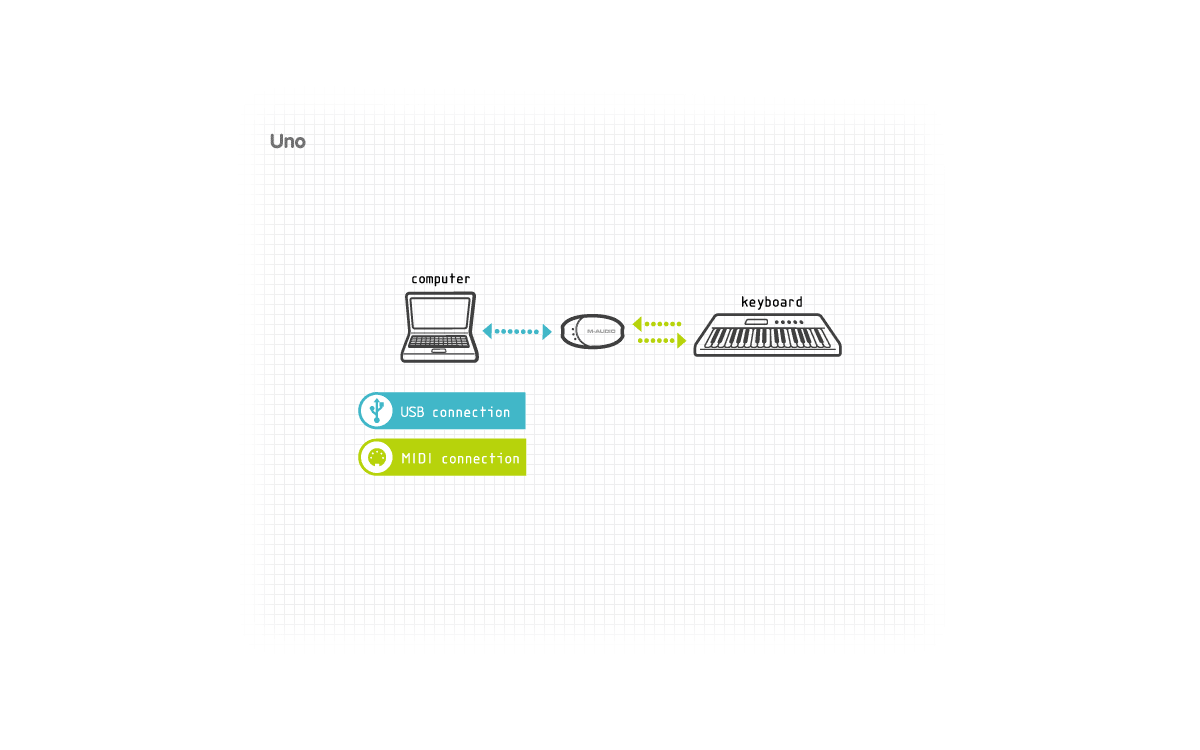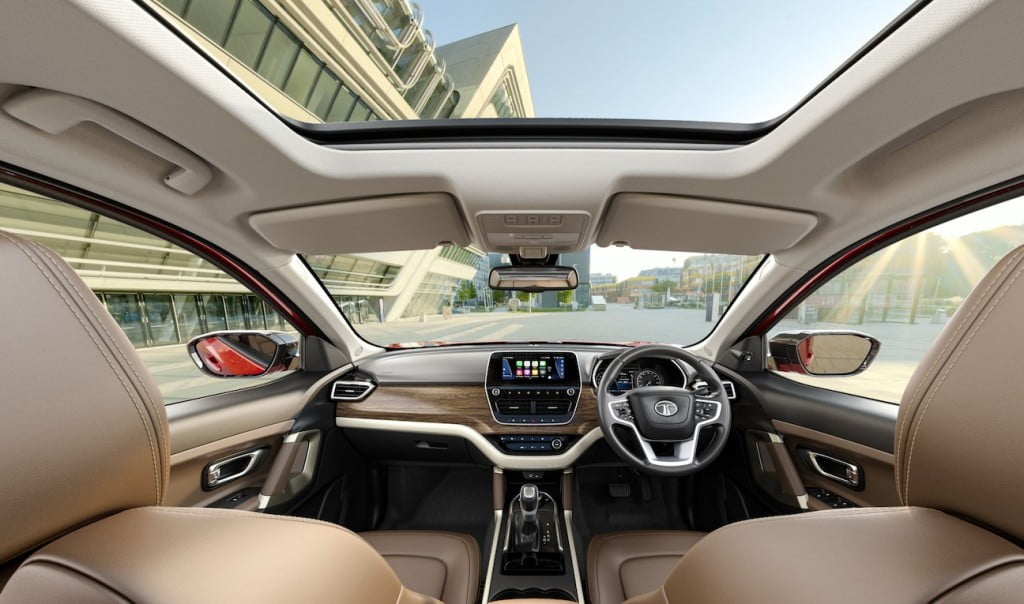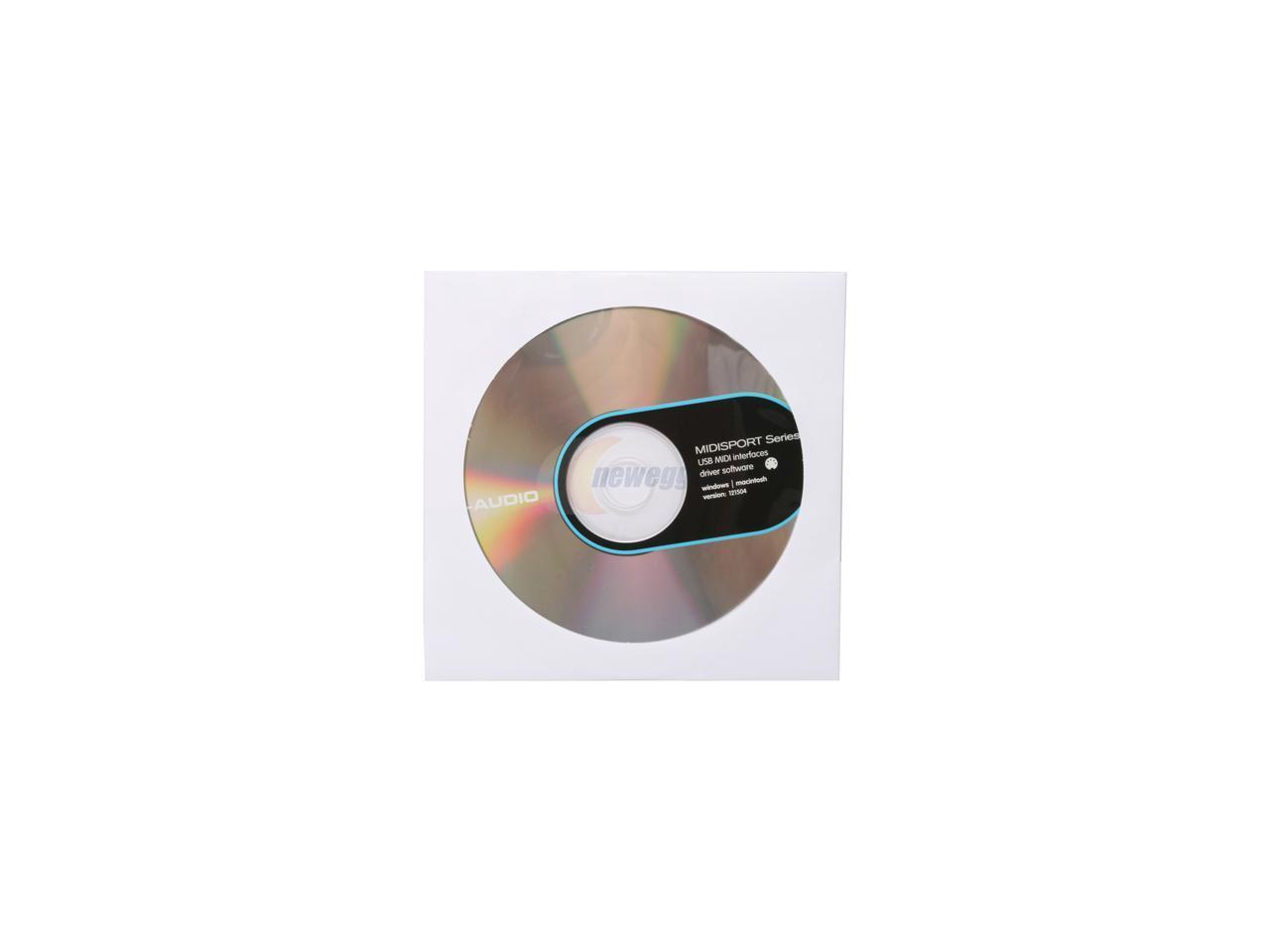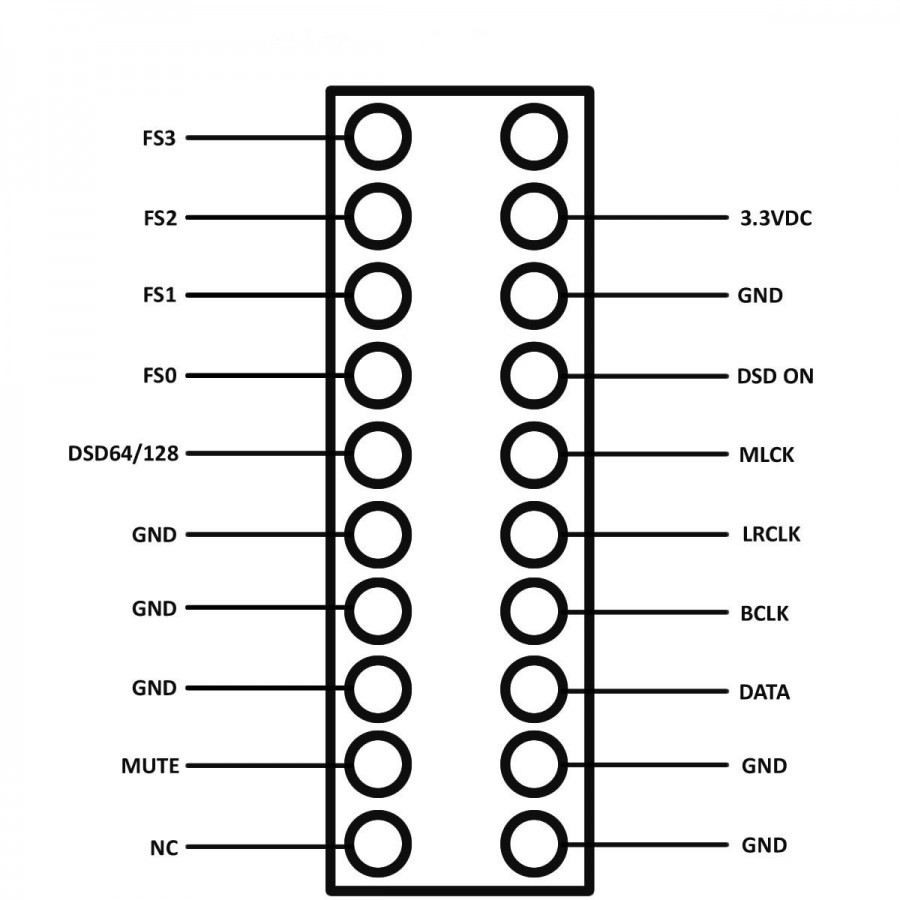



These days most DSD listening is done with downloads, and new material is being produced which runs at double, quadruple or even 8x (octuple?) the speed for even higher resolution. In addition, there’s a sizeable community of audiophiles who are fans of Direct Stream Digital, the audio format that was used on the Super Audio CD. I’ve used compatible devices with audio encoded with 32 bits of resolution and 384kHz sampling rates. USB Audio Class 2.0 pushes things way out. Audio professionals may not care much about listening to high resolution audio, but they certainly want to record it for various technical reasons. Nonetheless, there is a community of audiophiles, and perhaps more importantly, audio professionals, who wanted higher resolution support. Indeed, that there’s no reliable evidence yet produced that anyone can hear the difference even between the CD audio standard (16 bits, 44.1kHz) and 24/96.

Now one might argue (and you won’t get much disagreement from me) that no-one needs higher resolution than that. USB Audio Class 1.0 was limited to audio with 24 bits of resolution and a sampling rate of 96kHz. So what’s so good about USB Audio Class 2.0? And, as I’ve just discovered, there’s now a USB Audio Class 3.0 which promises wider support for audio formats, and likely requires the bandwidth provided by USB 3.0 or later.īut both USB Audio Class 1.0 and 2.0 devices work perfectly happily with USB 2.0, USB 3.0 or USB 3.1, even if a USB Type-C connector is in use. USB Audio Class 1.0 was introduced way back in 1998 and was limited, in part, by the maximum data throughput available in USB 1.1. In general, it requires at least USB 2.0 because it needs the higher data rates to push through the required amount of data. First USB Audio Class 2.0 is not the same thing as USB 2.0. And now with Windows they are also just plug and play. With a Mac, they were just plug and play. To be clear, you could use USB Audio Class 2.0 devices with Windows, but only if they had their own special driver.


 0 kommentar(er)
0 kommentar(er)
